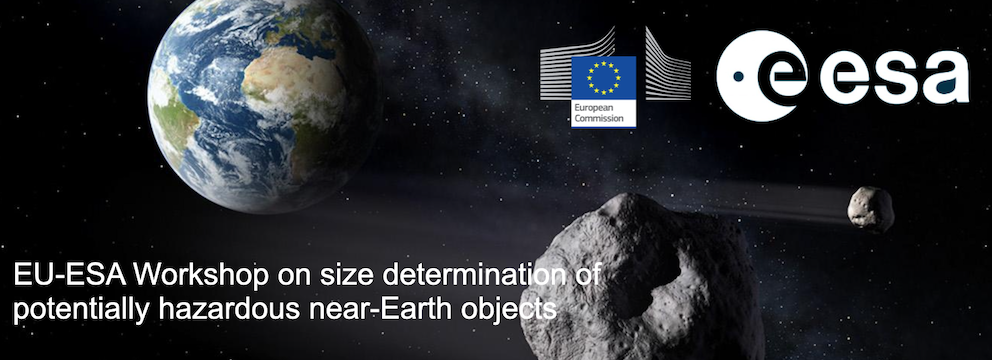Speaker
Description
We consider scattering and absorption of light in planetary regoliths composed of sparsely or densely packed nonspherical particles. For the particles, we incorporate sizes and refractive indices and generate sample regolith geometries using varying packing algorithms for particles and their clusters. To ensure computational eUiciency, we make use of average elementary scattering and absorption properties of the particles. These can derive from experimental measurements and numerical computations.
We consider radiative transfer and coherent backscattering (RT-CB) in discrete random media of particles, where the scattering phase matrix has the symmetry corresponding to an ensemble of nonspherical particles and their mirror particles, both in random orientation. Using the Cloude decomposition, we present the ensemble-averaged scattering phase matrices as a linear superposition of four pure Mueller matrices (Muinonen & Penttilä, JQSRT, 2024). The pure Mueller matrices enable RT-CB computations based on the assumption of independence of the four contributing components (Muinonen et al., JQSRT, in revision, 2024). We have validated the RT-CB decomposition method for both sparsely and densely packed random media of particles by using the Fast Superposition T-matrix Method (Markkanen & YuUa, JQSRT, 2017). To facilitate eUicient use of the RT-CB method, we have devised an empirical parameterization of the ensemble-averaged scattering matrix (publication in preparation).
Fractional Brownian motion statistics (fBm) provide a realistic model for surface roughness, that is, the interface between the regolith and free space (e.g., Björn et al., PSJ, in revision, 2024). The fBm statistics are described by two parameters: the Hurst exponent related to the fractal dimension and describing the horizontal variegation and the amplitude describing the vertical variegation.
Finally, we discuss the application of RT-CB to the photometric and polarimetric phase curves and to the spectral phase dependencies of near-Earth objects and airless Solar System objects at large.

